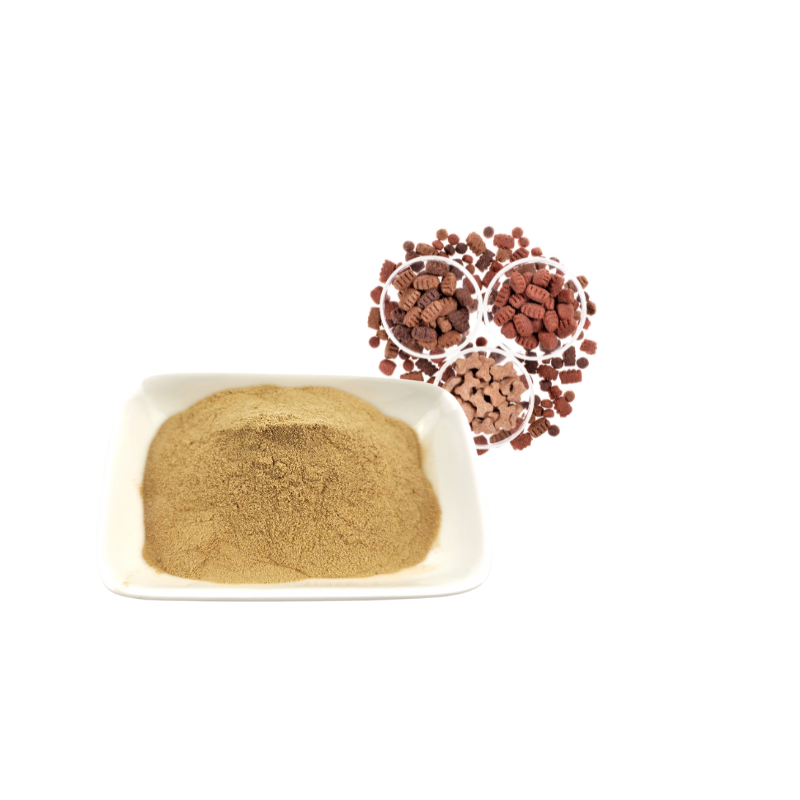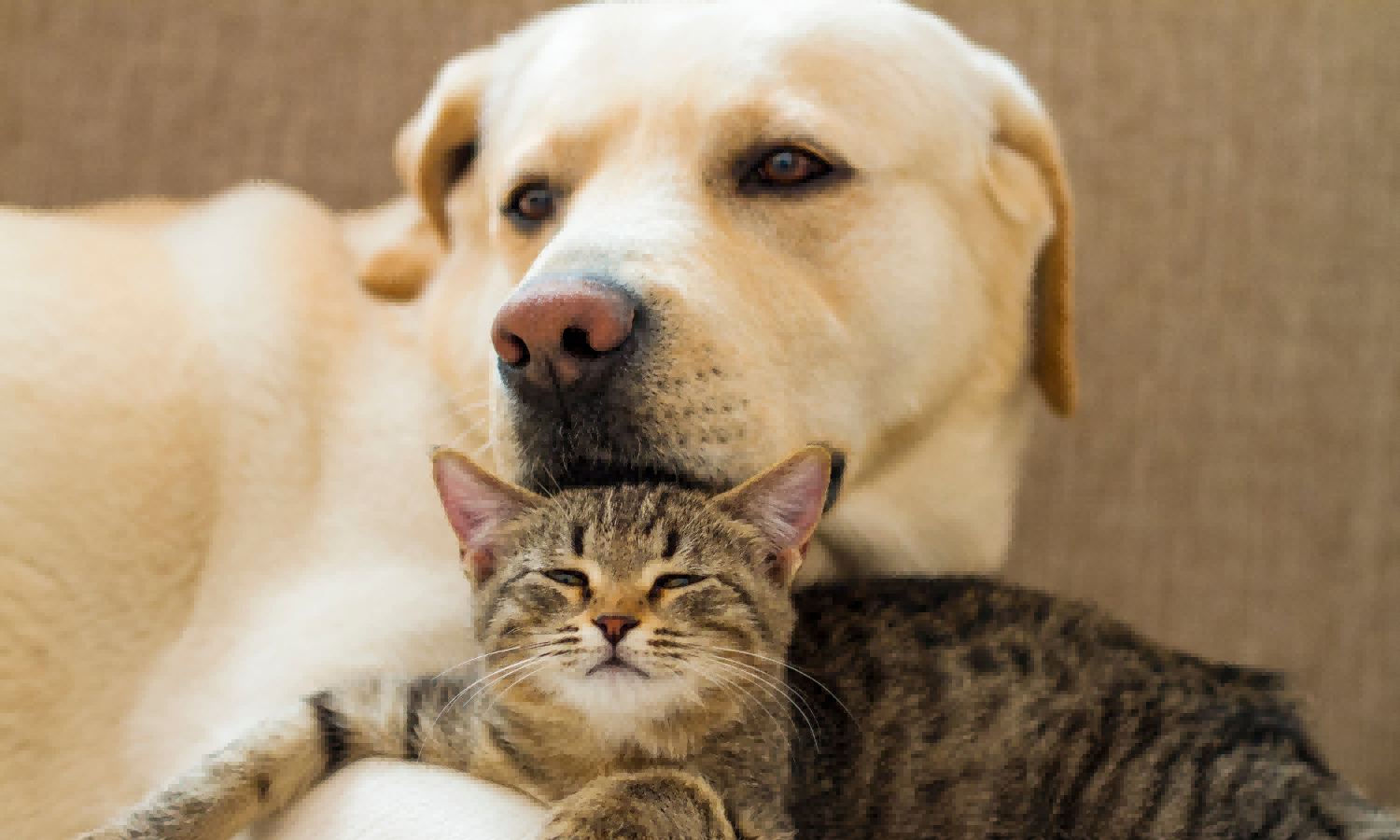Best Practices for Dry and Wet Pet Foods
In the competitive pet food market, achieving the right level of palatability is essential. Whether for dry kibble or wet food, pet food manufacturers and palatant wholesalers must optimize their processes to apply palatants effectively. This guide explores the best practices for palatant application in pet food production, including the ideal equipment, application order, and techniques to ensure even coating and absorption for superior taste and aroma.
Meta Description
Learn best practices for applying palatants in dry and wet pet food production, from equipment selection to application techniques, for optimized palatability.
What Are Pet Food Palatants?
Pet food palatants are additives that enhance the flavor, aroma, and overall appeal of pet foods, driving higher consumption and satisfaction among pets. These palatants come in various forms, including liquid and dry, and are typically derived from animal proteins, fats, and other flavor-enhancing compounds. For pet food manufacturers, understanding the best application techniques is key to maximizing the efficacy of these enhancers and, ultimately, the palatability of the end product.

The Importance of Optimized Palatant Application
Optimizing palatant application is not just about enhancing flavor; it also contributes to product quality and consistency. Proper application can:
- Increase the uniformity of flavor throughout the product.
- Improve aroma, which is critical for attracting pets to the food.
- Enhance the overall sensory experience, leading to higher acceptance and satisfaction.
To achieve this, manufacturers need to consider several factors, from selecting the right equipment to applying palatants in the correct order.
Types of Palatants: Liquid and Dry
There are two primary types of palatants used in pet food production: liquid and dry. Each has unique properties and requires specific application techniques to ensure maximum effectiveness.
Liquid Palatants
Liquid palatants are typically oil- or water-based, making them ideal for both dry and wet pet foods. They are often applied as the first layer in dry food production, as they can help subsequent ingredients adhere better to the kibble. Liquid palatants also help with aroma dispersion, as they allow for a more thorough coating on each kibble piece.
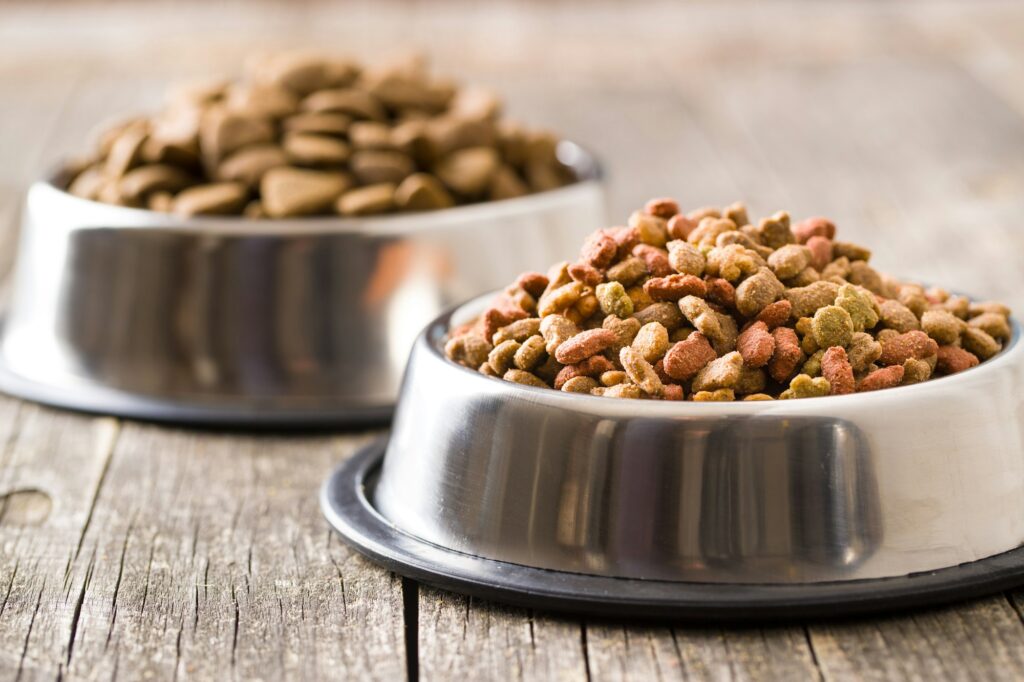
Key Benefits of Liquid Palatants:
- Even distribution on kibble surfaces.
- Enhanced aroma, critical for pet attraction.
- Acts as a bonding agent for other ingredients.
Dry Palatants
Dry palatants are usually powdered and are applied after the liquid palatant. They add flavor and texture, further boosting the palatability of the food. Dry palatants are commonly used in both wet and dry foods, particularly in recipes where a powder coating or textural enhancement is desired.
Key Benefits of Dry Palatants:
- Adds flavor depth.
- Provides texture for sensory appeal.
- Suitable for layering applications in dry food production.
Best Practices for Palatant Application in Dry Food Production
The application process for dry food production is a multi-step approach designed to ensure each layer is applied correctly, leading to an even, flavorful coating.
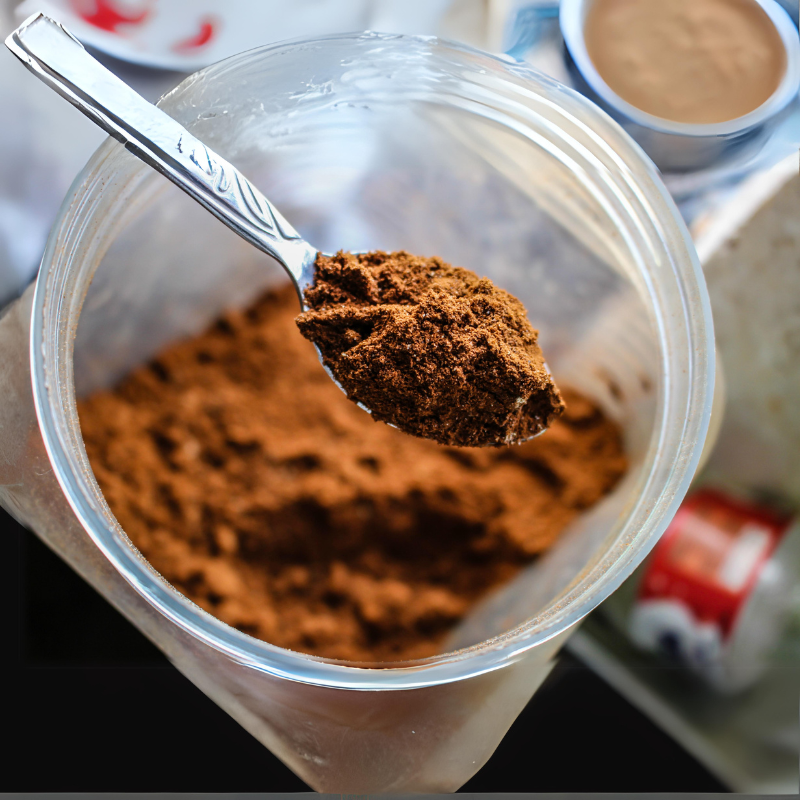
1. Application Order: Fat, Liquid Palatant, and Dry Palatant
For optimal results, applying ingredients in a specific order is essential. The recommended sequence is as follows:
- Step 1: Fat Application – Start by applying a layer of fat to the kibble. This fat layer acts as a base and improves the adhesion of the palatants.
- Step 2: Liquid Palatant Application – Following the fat, apply the liquid palatant. This layer helps disperse aroma and flavor evenly across the surface.
- Step 3: Dry Palatant Application – Finally, apply the dry palatant. The fat and liquid layers help the powder adhere to the kibble, creating a complete, flavor-rich coating.
2. Equipment Selection
The right equipment is critical for even palatant application. Many pet food manufacturers use specialized coating machines, such as rotary coaters, to apply each layer efficiently. Rotary coaters tumble the kibble as each ingredient is added, ensuring uniform distribution.
For smaller batches, spray systems may be used for liquid palatants. However, it is crucial to calibrate these systems to avoid under- or over-coating, which can lead to inconsistent flavor and texture.
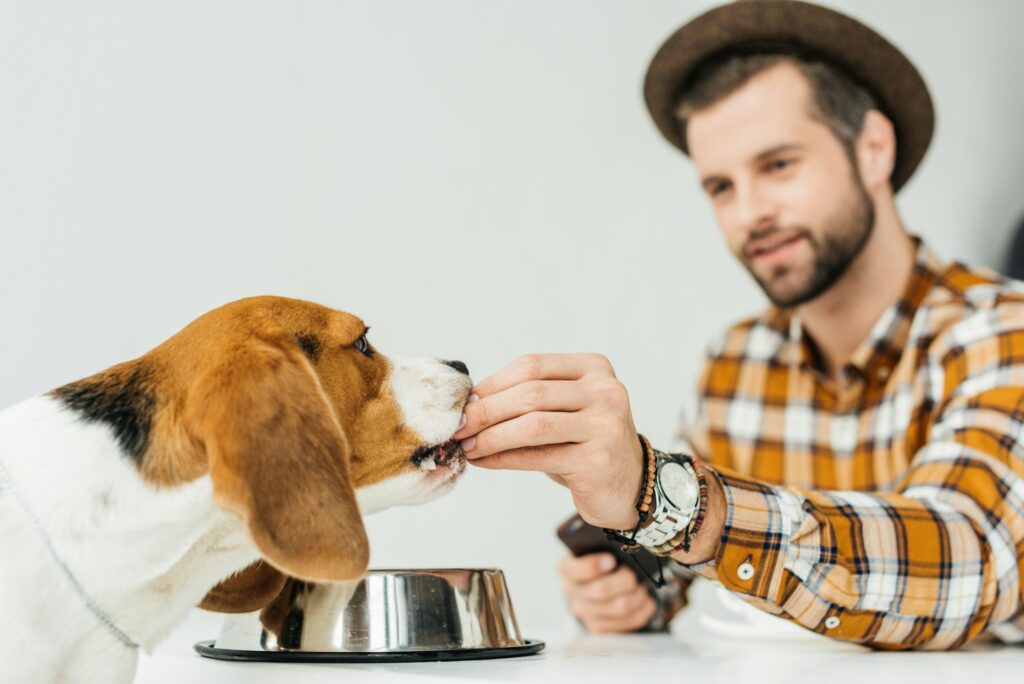
3. Tips for Ensuring Even Coating and Absorption
- Calibrate Equipment: Regular calibration of coating and spraying equipment ensures consistent application across batches.
- Control Temperature: Higher temperatures may increase absorption rates but can alter flavor. Maintain a stable temperature to balance absorption without compromising quality.
- Monitor Batch Size: Larger batches may require additional mixing or application time to ensure even coverage. Keep batch size manageable for optimal coating.
Best Practices for Palatant Application in Wet Food Production
While dry food production focuses on coating individual kibble pieces, wet food production emphasizes mixing palatants directly into the food mixture. This method requires a different set of best practices to achieve optimal results.
1. Direct Mixing of Palatants
In wet food production, liquid and dry palatants are typically mixed into the food base. This approach ensures that flavors are integrated throughout the product rather than sitting on the surface. Liquid palatants are usually added first, followed by dry palatants, which can be incorporated at different stages for enhanced flavor layering.
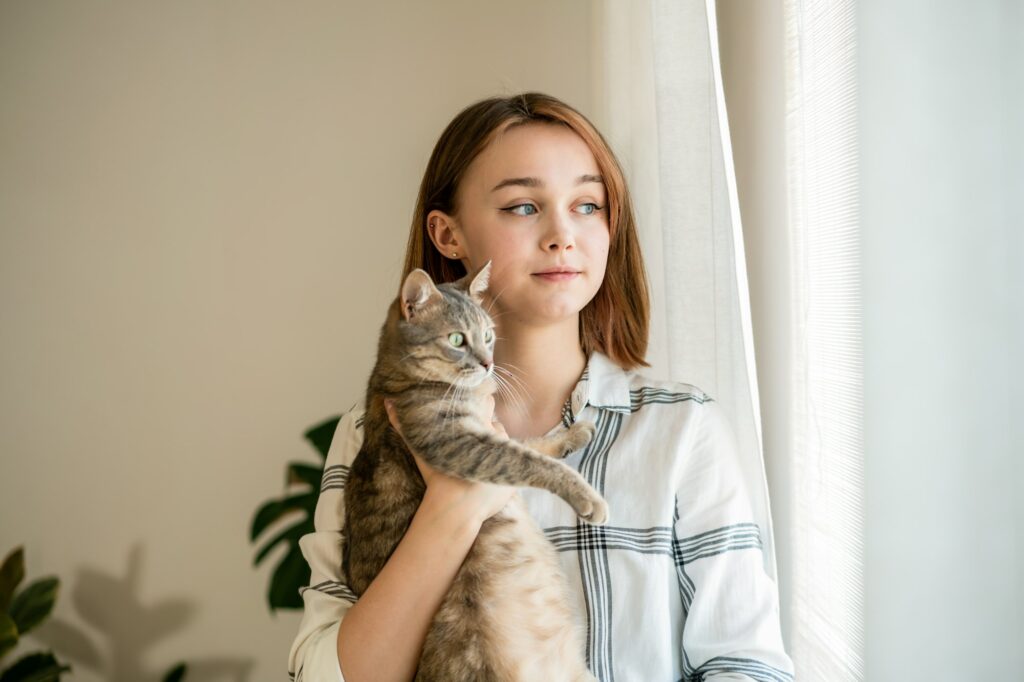
2. Equipment Selection for Wet Food Production
Mixing tanks with specialized agitation mechanisms are used to blend palatants into wet pet foods. These tanks allow for uniform distribution of both liquid and dry palatants, ensuring that each batch has consistent flavor and aroma.
3. Tips for Uniform Flavor and Texture
- Control Mixing Speed: High mixing speeds can cause palatants to separate or clump. Adjust the mixing speed to ensure thorough incorporation.
- Layer Ingredients Strategically: Layer ingredients to build depth of flavor; starting with base ingredients, followed by liquid palatants, and ending with dry palatants.
- Maintain Batch Consistency: Variations in batch size, ingredient quality, or mixing time can affect the final product. Regularly monitor these factors for consistent quality.
Challenges and Solutions in Palatant Application
Optimizing palatant application in pet food production is not without its challenges. Here are some common issues and practical solutions:
Challenge 1: Inconsistent Coating
Solution: Regularly calibrate equipment and ensure that kibble is tumbled evenly during application. For wet food, maintain consistent mixing times and speeds to prevent clumping.
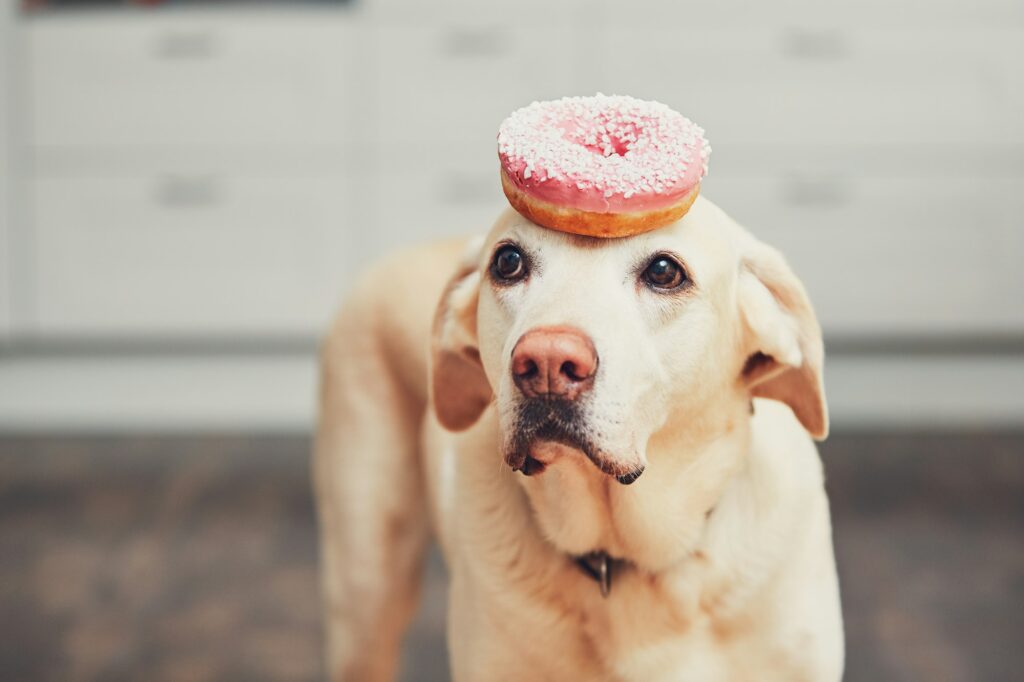
Challenge 2: Flavor Loss During Storage
Solution: Use high-quality packaging with moisture and air barriers to retain flavor. Additionally, consider adding antioxidants to the palatant mixture to extend shelf life.
Challenge 3: Palatant Clumping or Separation
Solution: Maintain optimal application temperatures and avoid excessively high mixing speeds. Adding stabilizers can also help maintain consistency in the palatant blend.
Benefits of Optimizing Palatant Application
When done correctly, optimized palatant application offers numerous benefits:
- Enhanced Pet Satisfaction: A uniform, flavorful coating appeals to pets, leading to higher acceptance rates.

- Improved Product Quality: Consistent flavor and aroma reflect a high standard of quality, which is attractive to both buyers and end consumers.
- Competitive Advantage: Optimizing palatant application can set a brand apart in a crowded market, appealing to pet food manufacturers, wholesalers, and retailers seeking superior quality.
Conclusion: Elevating Palatability with Optimal Application
Optimizing palatant application is essential for producing high-quality pet food that appeals to pets and satisfies consumer expectations. By following these best practices—choosing the right equipment, applying palatants in the correct order, and maintaining quality control throughout the process—pet food manufacturers can ensure even coating, robust flavor, and consistent product quality.
For more information on palatant options and expert guidance on improving pet food palatability, visit ProfyPet’s website.
By mastering these techniques, manufacturers and palatant suppliers can produce pet foods that exceed industry standards and captivate the taste buds of pets around the world.

